Marking The Hours With Vianney Halter On Infusing Humanity Into Horology & More
Watchmaking and clockmaking share a deep, intrinsic connection that spans centuries of horological history. At their core, both disciplines revolve around the precise measurement and display of time through intricate mechanical movements. The fundamental principles and technical challenges faced by watchmakers and clockmakers are strikingly similar.
We caught up with Vianney Halter to understand more about his relics of the future, a fascination for vintage items and more!
THM: You started at the young age of 14, and then worked as a pendulum clock repairman. Tell us about your journey so far.
Vianney: Growing up, I did not have any family members working in the watchmaking industry or as watch repairers. I'm not entirely sure why I became a watchmaker, but from a very young age, I was always fascinated by wheels, machines, and mechanisms. The intricate workings behind clock dials particularly intrigued me. In my village, there was a watchmaker who would regularly give me discarded watch parts and mechanisms that no longer worked. I would take them apart and reassemble them, captivated by their delicate nature. This hands-on experience likely fueled my passion for watchmaking.

Initially, my interest was not in creating new watches but rather in repairing and understanding the workings of antique and vintage timepieces. I was drawn to discovering the different constructions, complications, and ingenious solutions employed in their design. Creating my own watches came later, almost by chance. Although watchmaking was in decline in the late 1970s when I began studying it at 14, I was undeterred, lured by the intrigue of antique horology more than any prospects of commercial success. My motivations were rooted in a childhood fascination with the inner workings of timekeepers.
THM: Has there been any watchmaker that has inspired you on this journey?
Vianney: When I started attending watchmaking school in Paris, it opened up a whole new world beyond my small village. Living just 60km from the city, I had free time to explore museums and conservatories where decades or centuries of technological artifacts were preserved. The most impactful for me was the Conservatoire des Arts et Métiers (CNAM). Inside its buildings, I could examine over 70,000 objects spanning science, industry, and technology - from vacuum tubes to the first airplanes and electric engines. The horology collection captivated me the most.
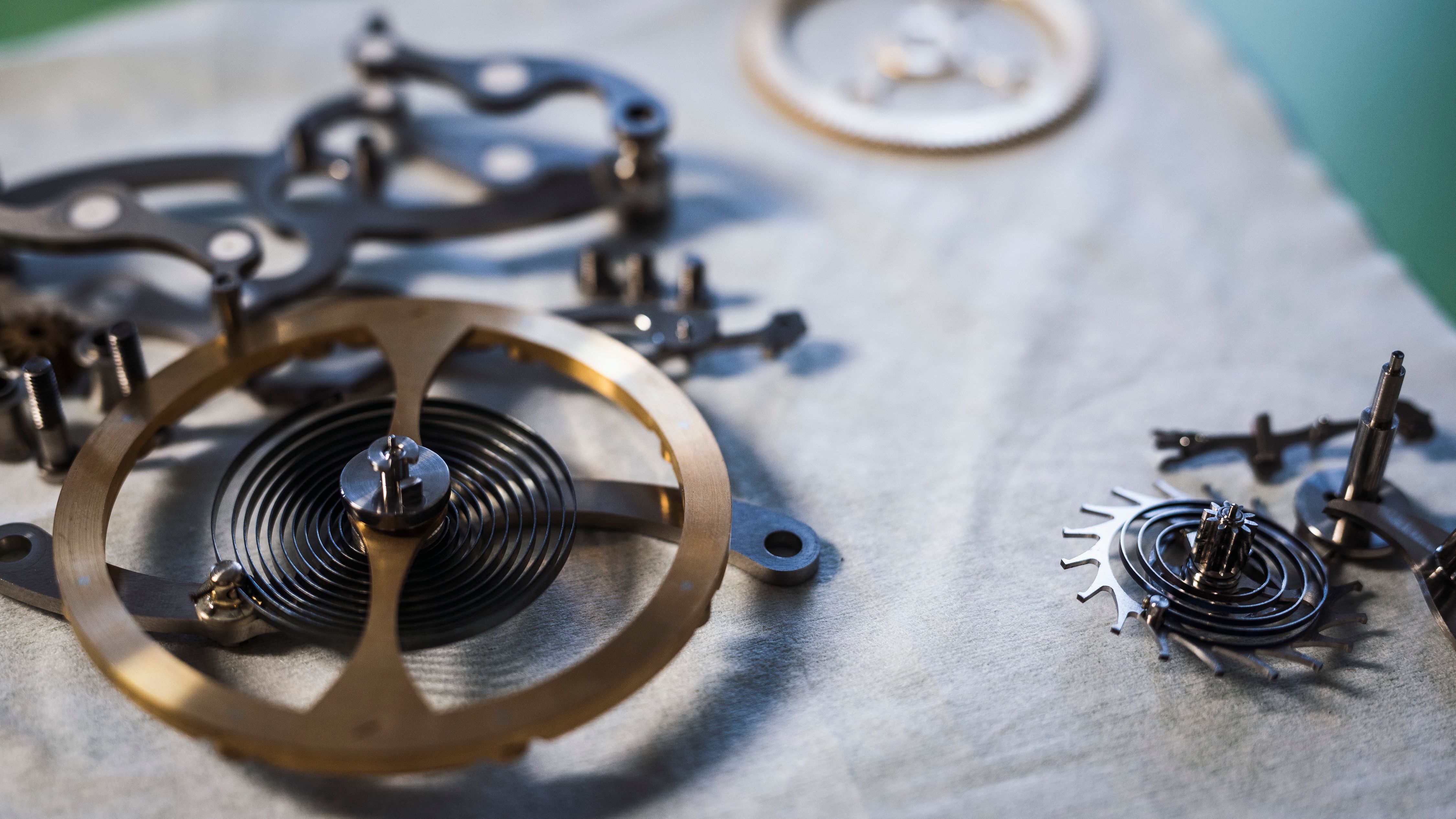
I spent hours studying the impressive antique clocks, particularly the works of Antide Janvier from the late 18th/early 19th century. His innovative mechanisms and technical architecture for displaying time mesmerized me - the golden age of watchmaking. Janvier's pieces deeply inspired my perspective on this art. I also admired the work of contemporary Paul Garnier, whose intricate machine constructions behind the dials were engineering marvels. The astronomical devices by clockmakers like Le Roy & Modele families, with their precise complications, further stoked my fascination.
THM: As an independent watchmaker, what were the challenges you faced to establish your brand?
Vianney: It's not easy to clearly define the journey that led me to where I am now - a modern watchmaker creating my own pieces. It happened somewhat by chance, as my beginnings were in restoring antique timepieces. That experience gave me a deep understanding of watchmaking technology and architecture. When I moved from Paris to Switzerland in the late 1980s, it pushed me out of my antique watch repair niche. Switzerland was more focused on the watchmaking industry, which was recovering from a recent crisis. Fortuitously, many companies had gone out of business, leaving behind affordable old machinery that I could collect.
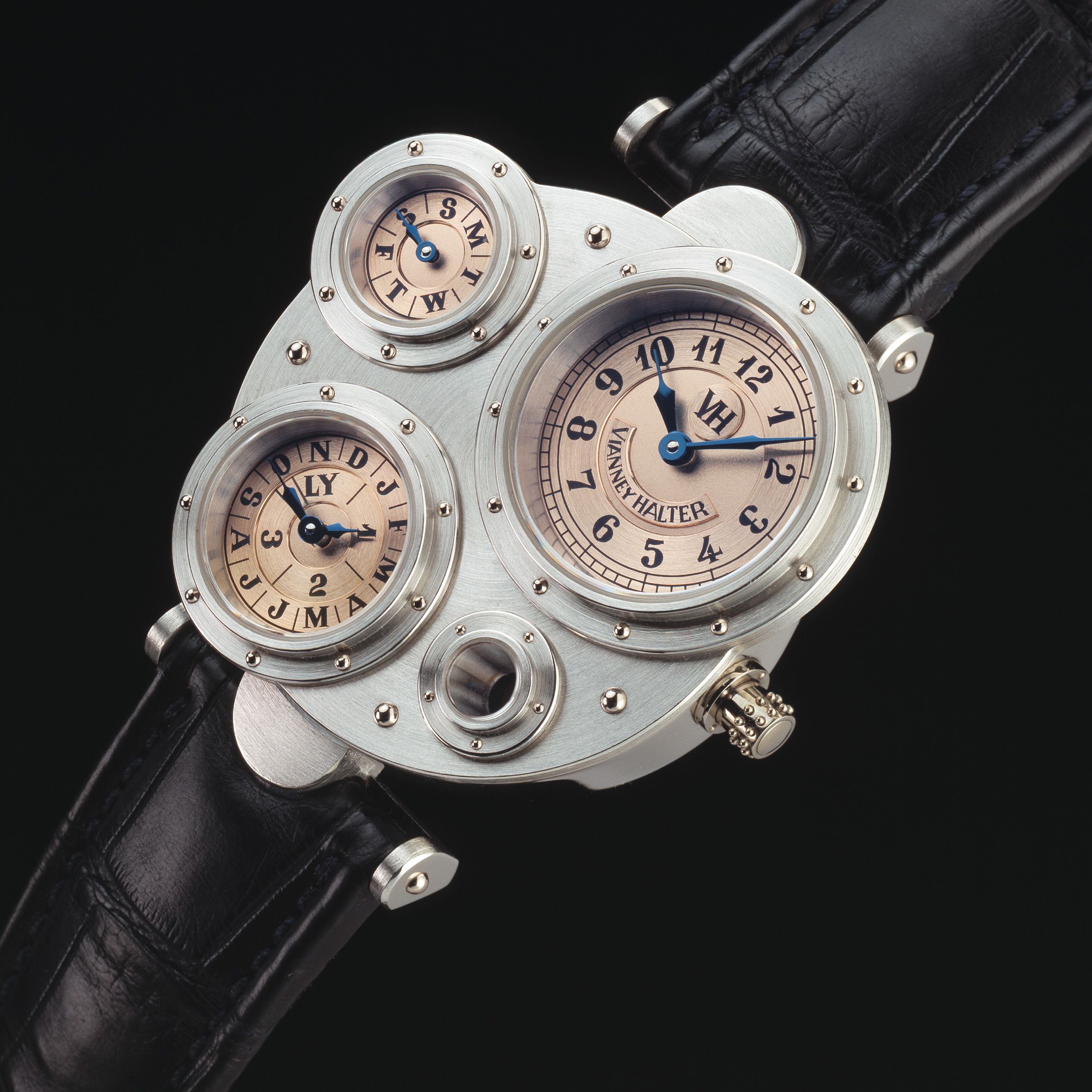
I began working for F.P. Journe, exposing me to a new world of contemporary watchmaking. My boss and colleagues shared knowledge, while also allowing me to work independently on creating new mechanisms and functions. This was motivating, as I considered becoming an independent supplier or subcontractor myself. In 1996, during the Asian financial crisis, I created my first watch - a perpetual calendar piece. It wasn't to start a brand, but rather a showcase of my skills to attract clients as a supplier. However, after meeting Philippe Dufour, I joined the AHCI group of independent watchmakers and began exhibiting at Basel.
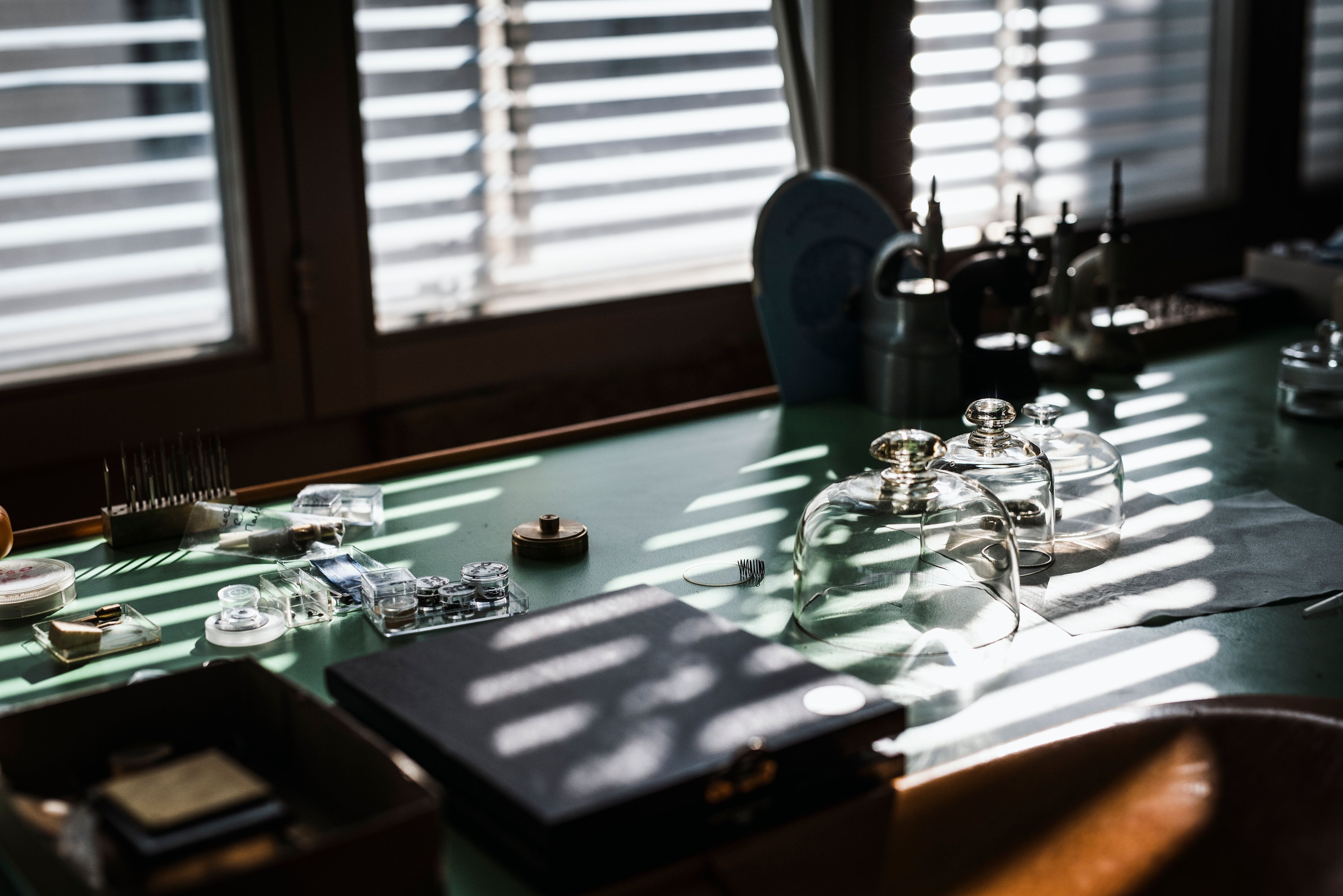
Unexpectedly, I transitioned from just being a supplier to an independent watchmaker with my own designs. As my customer base grew, my distinctive style combining historical inspiration with modern, almost science-fiction elements became recognized. While still a bench watchmaker at heart, I've become more - using my experience and skills to create unique pieces that inspire new generations with a free perspective different from the industry. Chance allowed me to avoid being confined to a single company, instead forging my own independent path in watchmaking.
THM: You’re known to produce watches in a limited number. Is there an ideology behind that?
Vianney: I sometimes create limited edition pieces during my career, but my reasoning differs from the industry's approach to limited editions. For major brands like Audemars Piguet, a "limited edition" could mean 300 rose gold versions, 300 white dial versions, 300 black dials, totaling thousands of pieces. For me, every model is inherently limited by my own production capacity. If I can make 30 watches in an exceptionally productive year, then after 10 years I will have created only around 300 pieces across different styles and models.
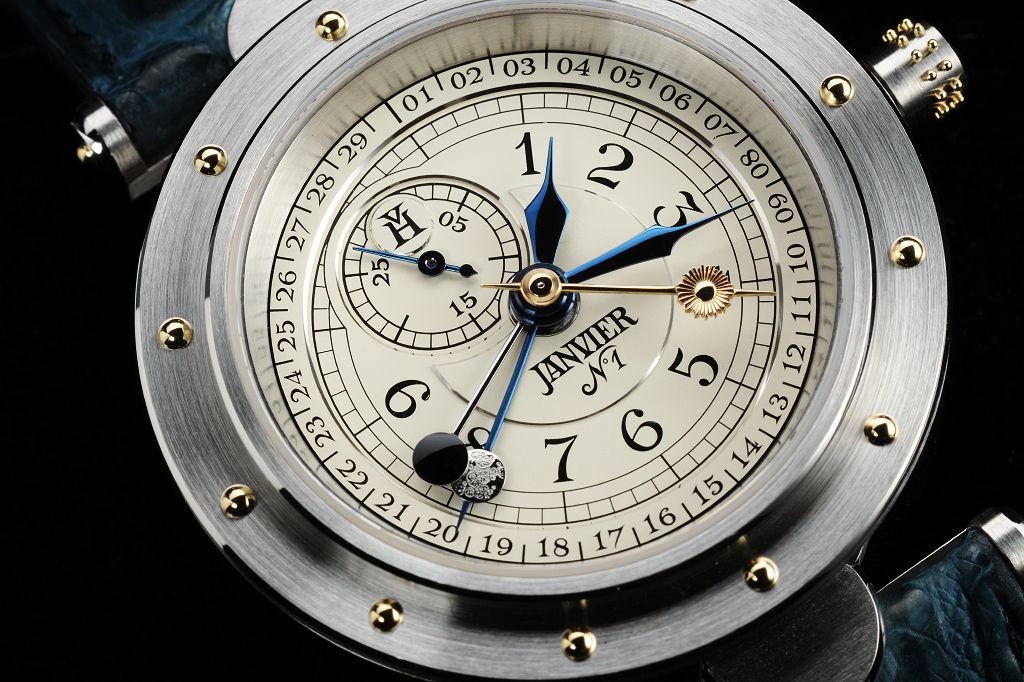
Occasionally I deliberately restrict a model to a very small limited number, like only 12 pieces for the Classic Janvier or Anniversary of Liberty editions. This is not to artificially market it as "limited", but because making just 12 examples is an immense workload representing potentially half of what I can produce in a year. Capping the number allows me to move on and explore new designs and complications, rather than being consumed by one popular model's success.
Money provides freedom to invest in exploring new horizons, "to seek out new life and new civilizations", as they say. But wealth itself is not the end goal, to die the richest person in the cemetery. I prefer spending my money during my lifetime than hoarding it.
THM: What is your team like at the workshop?
Vianney: I understood early on that alone, you cannot fully realize your vision and dreams for a watchmaking brand. Having a team makes it easier to go further, as team members can save me time while also broadening my sometimes narrow perspective. Even if I have strong convictions about certain aspects of my brand, sharing ideas with my team and colleagues allows me to reshape my final targets and viewpoints. I enjoy this collaborative process. I'm somewhat skeptical of watchmakers who claim to be the sole creator - drafting, making and finishing everything themselves. It seems fascinating yet doubtful that one person can handle all aspects of the creative and production process 24/7 without a team. For me, interacting with designers, other watchmakers, and professionals outside my core team prevents me from operating in an insular bubble. Their outside perspectives help provide solutions I may have missed.

THM: Your latest Art Deco Metropolis watch pays homage to the 1920s industrial design movement. How did you translate those design principles into a modern wristwatch?
Vianney: I don't have a clear process for creating new watches. In this industry, you often need to launch new models to maintain or grow your market share, and teams work on designs towards that goal. However, as an independent watchmaker with a very small team, my approach is different - there's no overarching business plan dictating what we'll make next. The ideas come organically, inspired by what we're experiencing or what captures our imagination at a given moment. Some designs emerge from nowhere, like flashes of inspiration.
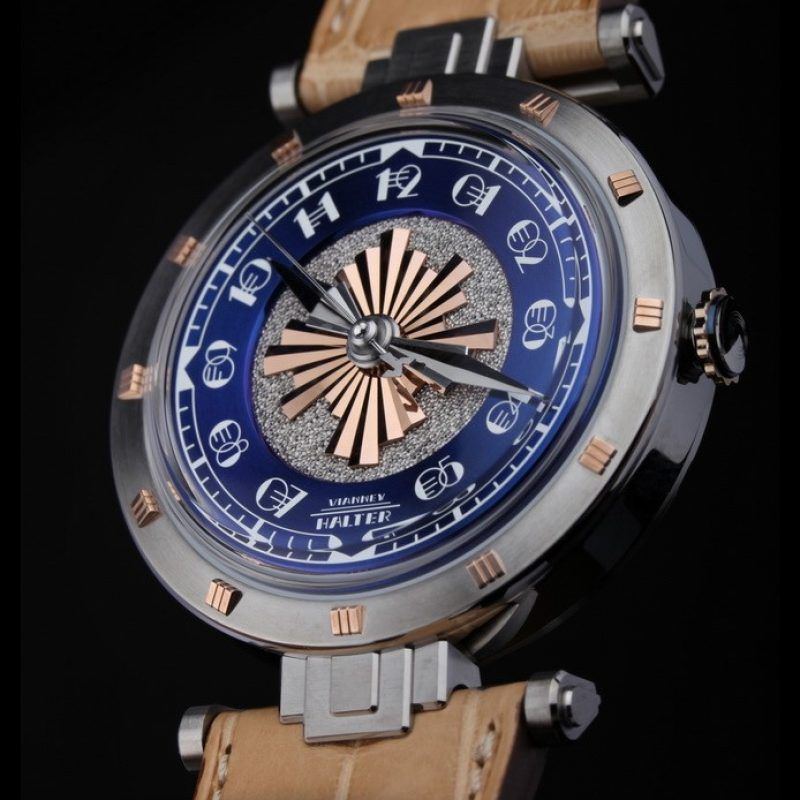
For instance, with Antiqua, I wanted to showcase my skills. With Classic Janvier, I aimed to pay tribute to Antique Janvier, whose traditional watchmaking style deeply fascinated me. The Deep Space Tourbillon emerged after I reimmersed myself in science fiction, reigniting that creative spark.
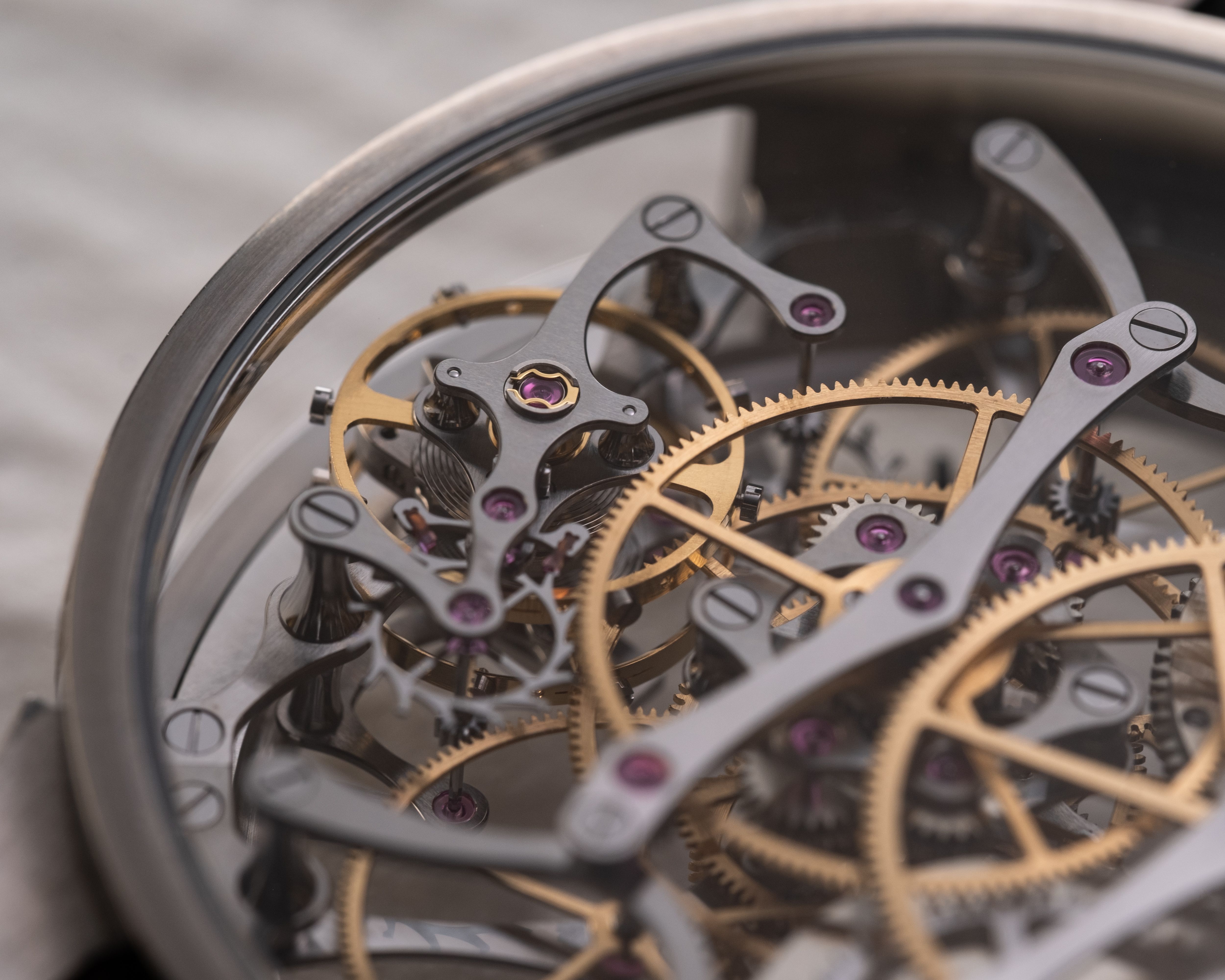
As for the Resonance, I had dreamed of creating that technical solution 25 years ago, and finally brought it to life when the right conditions aligned - my motivation, the team's enthusiasm, and a suitable design direction. My creative process isn't formulaic or driven by rigid targets. It flows naturally as we discuss ideas, get inspired by each other's work, experiment at the workbench, and gravitate towards concepts that resonate.
THM: How has India been as a market for you and are you looking to explore further?
Vianney: While India has historically been a challenging market for my unconventional designs, I'm hopeful the younger generation there and elsewhere will connect with the deeper meaning behind my work - the spirit of sharing unique perspectives, human experiences and emotions transcending pure timekeeping. My pieces are an expression of the time and passion invested in creating something extraordinary.
THM: You’ve done some interesting collaborations. If there was a dream collaboration which one would it be?
Vianney: The collaborations I've done are part of my philosophy of not working alone, but sharing and creating with others. I'm attracted to the perspectives and skills people around me bring to the watchmaking world. Collaborating allows you to go beyond what you could achieve solo, by leveraging others' support, resources, and teamwork.
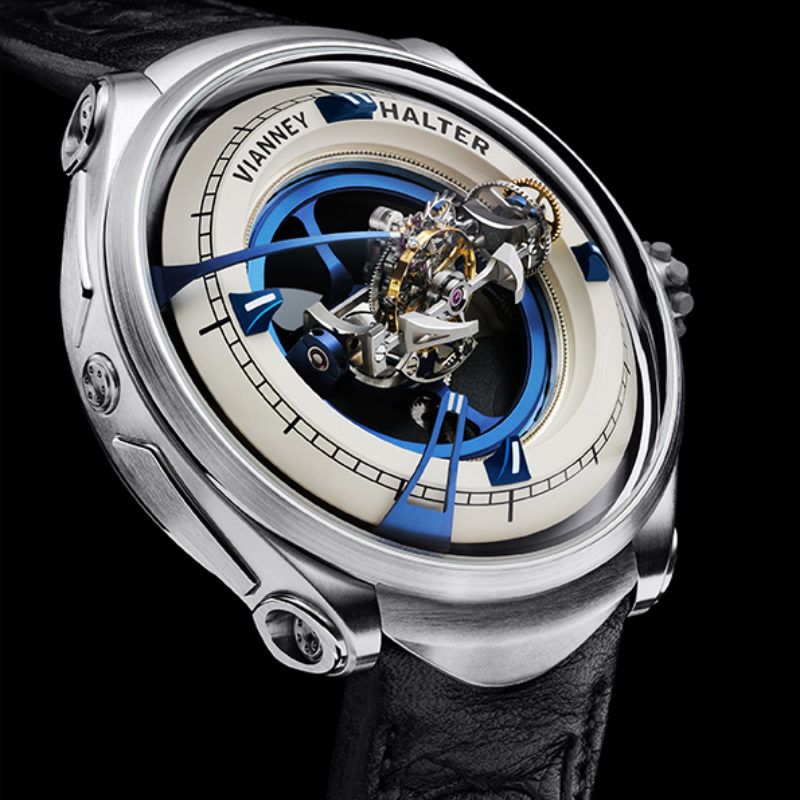
From my early days creating pieces to the design explorations with Harry Winston, collaborations open up possibilities that might never have materialized working independently. It takes a company's advertising power and reach to truly share your work globally. Collaborations require finding a balance between your vision and compromising on aspects you may dislike. But that friction pushes you out of your comfort zone, adapting to different business perspectives. It's a way to connect with broader audiences who may not have access to your mainline pieces. I enjoy meeting people from different fields - movies, art, science - as collaborations expose you to new circles you'd never encounter alone.
THM: What can we expect from Vianney Halter in the future?
Vianney: Ultimately, we are highly motivated to create watches. The Art Deco Metropolis was an important step for me, as it transformed industrial 19th century design into a contemporary 20th century style that I found fascinating. Going forward, I plan to develop complications for different models stemming from this original design. On another front, I'm working on a complicated piece with a futuristic space and science fiction inspired perspective. This contrasts with another watch design I first drew 25 years ago, which serendipitously resurfaced recently for us to develop further.
I hope to launch these contrasting pieces encapsulating my roots and future vision within the next 2-4 years. It will be an intriguing blend of where I came from and where I see myself going. Additionally, I have ongoing collaborations where I meld my viewpoints with others. Considering the production schedule, many exciting developments lie ahead over the next decade!
No articles found





